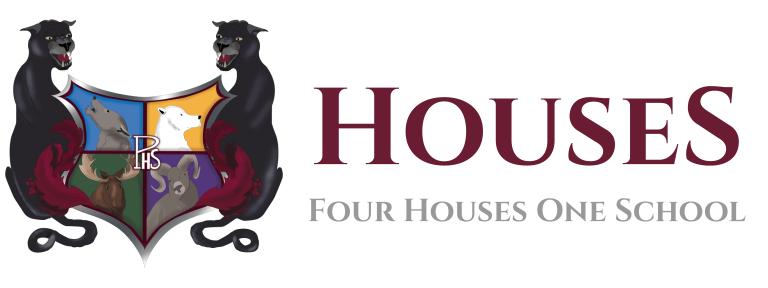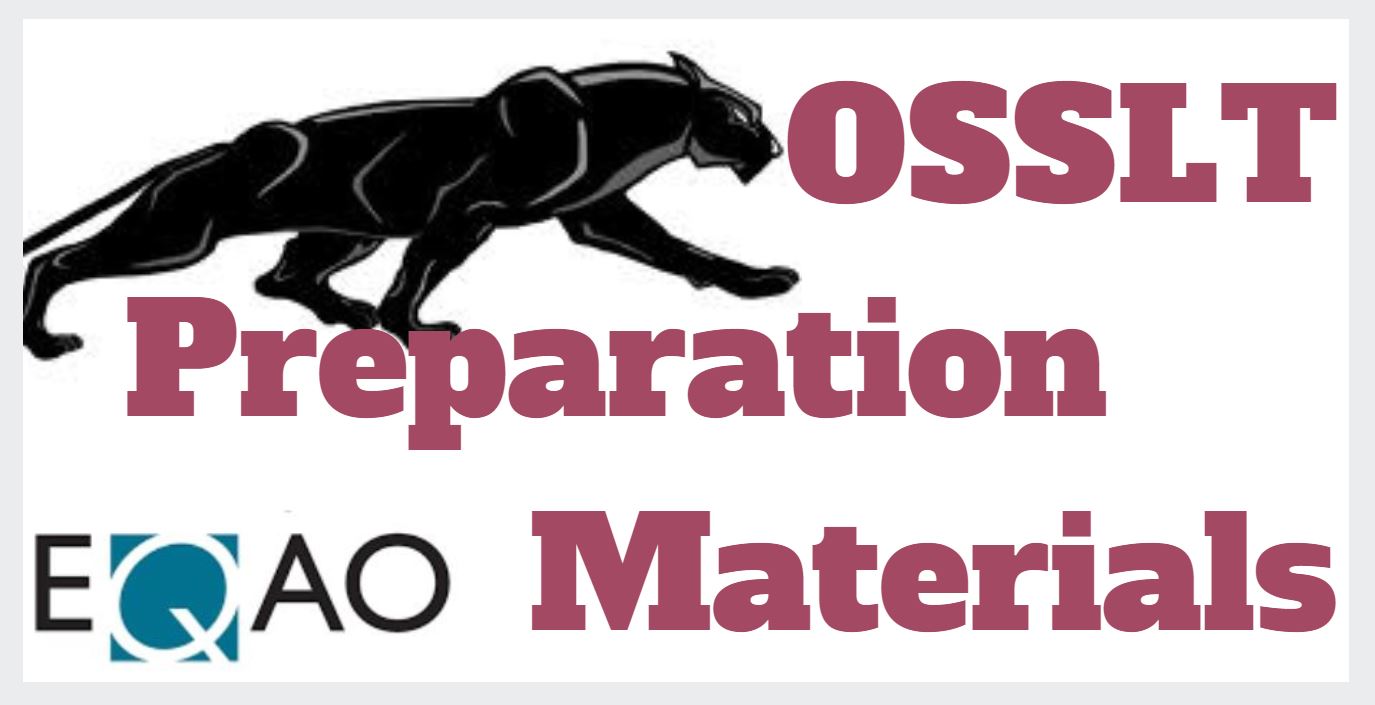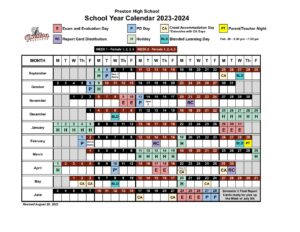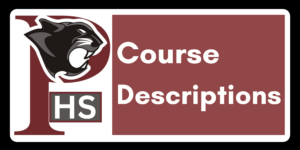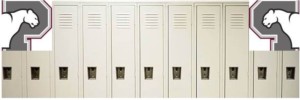Students at Preston High School who have an IEP are provided with a variety of available services and supports, such as:
- learning strategies classes
- drop-in resource support
- key instructional strategies
- behaviour intervention strategies
- parent education
- connection to community agencies
Every student learns in his or her own unique way. The job of teachers is to identify optimal teaching strategies to ensure student needs are met and they reach their potential. Students with ASD are no exception to the rule. However, because they have such a unique profile of social, communication and cognitive challenges, they often require a specific approach to teaching. Students with ASD
- may process things they see better than they hear, so it is better to provide visual supports for information taught and to provide extra time for processing information that is heard;
- may prefer a structured environment with clear rules, a regular schedule and clear expectations for tasks;
- may benefit from assistive technology to help with written output, concept development, motivation, communication and social skill development;
- may have heightened (or lowered) sensitivity to sensory information and may need to have their environment arranged to suit their needs, or have breaks when needed to reduce (or increase) sensory input;
- may struggle with organization, self-regulation, attention, task completion and other executive functioning tasks; and
- may have difficult understanding social situations and relationships and may require help to problem-solve difficult or confusing situations.
Key Instructional and Behaviour Support Strategies
below are some strategies that have been proven helpful with student with ASD:
- chunk large tasks into small, more manageable tasks
- provide visual supports for verbal instruction
- use Differentiated Instruction to allow for learning content and skills in preferred methods
- incorporate personal preferences or special interests into the lessons
- use familiar, meaningful materials to teacher abstract concepts
- profide a structured, consistent environment with clear expectations
- provide support for and opportunities to attend to sensory needs
- use clear, simple and concise language to explain concepts
- teach new vocabulary explicitly
- use pictures to illustrate required steps in a process
- use graphic organizers, guided notes and colour-codes/highlighting
- use visual schedules for routines and transitions
- allow extra time for processing of information
- allow presentation alternatives
- allow a variety of ways to demonstrate learning: written, drawing, fill in the blank, multiple choice, or scribed answers, for example
- scaffold and support the development of executive functioning skills
Social and Communications Skills Support:
- teacher social skills directly (using social coaching, social stories, comic strip conversations, role-plays, videos, etc)
- provide a variety of instructional formats such as small group instruction, peer teaching, cooperative learning, hands on learning centres, one-on-one instruction, computers, and whole group lessons that build in opportunities for active engagement
- provide access to assistive technology to support communication skills
Behavioural Skills Support:
- provide positive, instructive and corrective feedback
- focus on rewarding positive, appropriate behaviours
- teach replacement behaviours for negative ones
- teacher self-regulation and coping strategies explicitly (Zones of Regulation, Incredible 5-Point Scale, etc)
- provide lists of written expectations
Learning Strategies Classes
Some students may choose to take a Learning Strategies class (GLE) while in high school. This class allows students to develop key social, communication, executive functioning, self-regulatory and academic skills necessary to success in school.
Students in this class will reflect on their own strengths and weaknesses to develop a learning profile that can help them determine what kinds of activities will help them learn, and what kinds of supports they need to access to be successful in school and life.
Students will also spend time examining the hidden curriculum of school – how to interpret and predict the emotions and reactions of others in response to a variety of situation. They will learn how to advocate for themselves effectively and to plan for success by building academic skills and executive functioning skills.
Teaching strategies used are evidence-based to provide the optimal teaching and learning environment.
Drop-in Support
Most students elect to simply come to LRC (Learning Resource Centre) whey they need help in class. That may happen every day, every class, or now and then. The LRC staff are available every day in room 117 to provide immediate and ongoing support to all students who require assistance.
there are 2 ways students can access LRC:
- the classroom teacher, on behalf of the student, calls 117 to inform LRC that support is required. The student then comes to LRC.
- the classroom teacher determines that the student requires assistance, and makes arrangements for the student to work in LRC
If a student wants to use the additional time allowed to them on the IEP, they much arrange to pick up a test ticket at least 24 hours in advance of the test. The LRC gives students a quiet space, computer, scribing (if available) and 1:1 assistance by qualified Special Education teachers.
